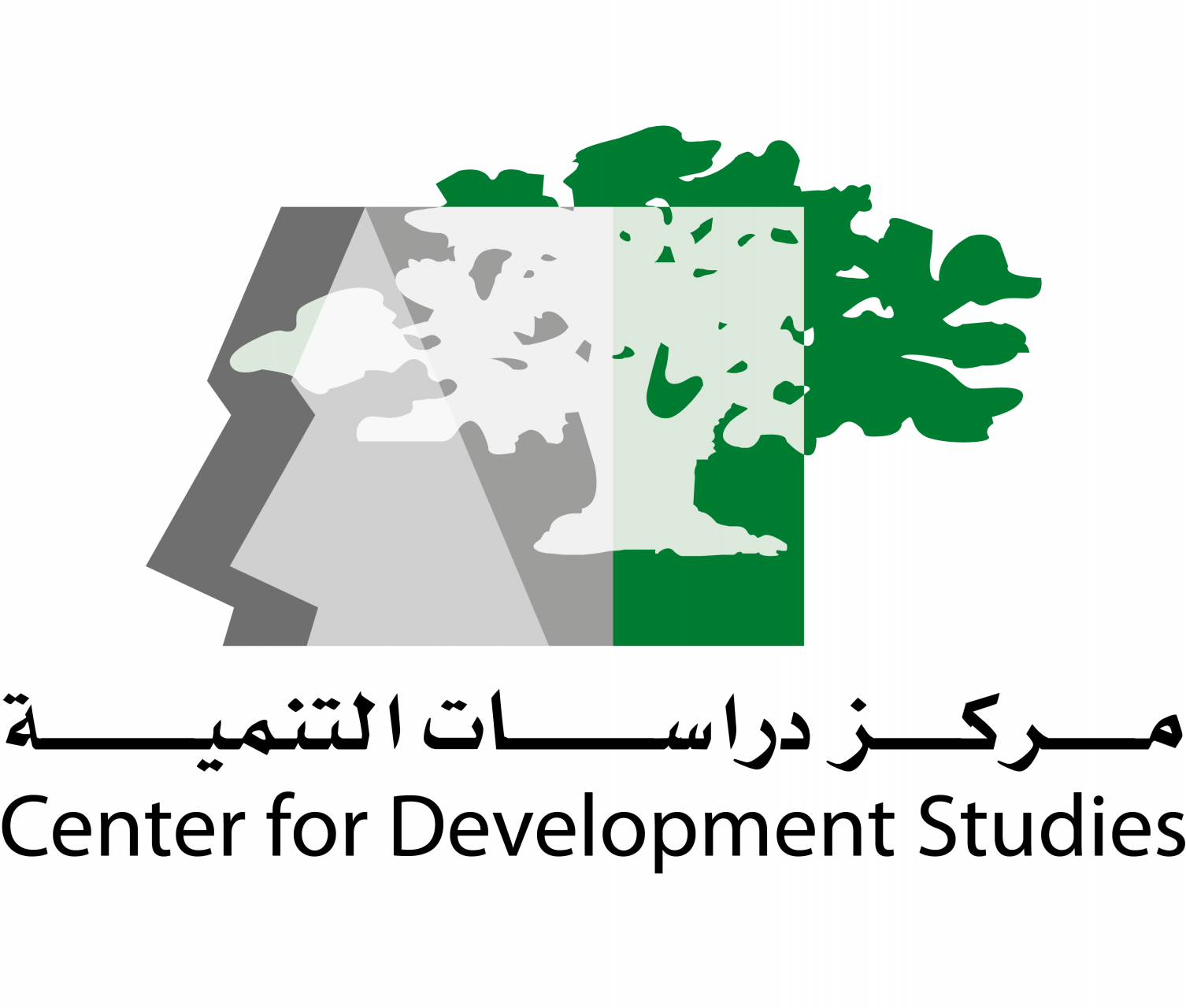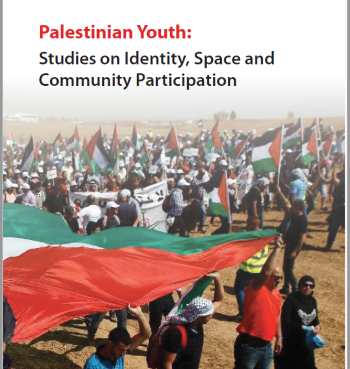Bilal Falah

The aim of this report is to analyze the structure of tourism sector in Palestine. In particular, the report sheds light on hotel activities, tourists’ characteristics and activities, geographical mapping of the main touristic activities, and evaluation of the tourism services. This reports also carries out a SWOT analysis of the performance of the tourism sector, focusing on the effect of Israeli occupation and the role of public, civil, and private sectors. Most of the data analyzed in this report pertains to West Bank, which accommodates the location of the main touristic sites and main tourist destination. Nonetheless, due to the strict blockade that Israel has imposed since 2007, tourism in Gaza strip has totally different reality, relying solidarity visits by international supporters. To achieve the purpose of this study, we utilize several PCBS’s tourisms surveys. We also collected data via surveying a random sample of 1534 inbound tourists distributed over a number of main touristic districts (Jerusalem, Bethlehem, Ramallah, Hebron, Nablus, and Tulkarm). This data is basically used to explore several touristic aspects, covering tourists’ characteristics, organization aspects of inbound tourism, sufficiency of information regarding tourism in Palestine; tourists’ spending, and evaluation of tourism services. The analysis of the report shows that the level of tourism activities is directly linked to the political stability, and restrictions imposed by the Israeli occupation. The data shows that demand for hotel services, rises (declines) sharply in periods with low (high) level of political turmoil. As indicated by PCBS’s hotel surveys, the number of hotel guests at the end of 2013 amounted to more than half a million relative to 51 thousands in 2002 (during the Second Intifada). The same conclusion about tourism activities can be inferred when looking at other indicators, including number of hotels and hotel nights. Nonetheless, most of hotel activities are clustered in Jerusalem, Bethlehem, Ramallah, and Jericho. Still, hotel accommodation capacity of Bethlehem ranks first with a gap relative to hotels in the aforementioned cities specially in Jericho and the cities in the North. The economic contribution of the Palestinian tourism sector is minimal. In particular, in 2012, the GDP contribution amounted to $326 million, constituting a GDP share of about 4 percent. The marginal contribution of the tourism sector can also be inferred from the employment contribution. Specifically, the number of workers in the tourism establishments (about 23,000) represents about 6 percent of the total establishments’ workforce .In terms of number of establishments, the PCBS’s 2012 tourism activity survey shows that there are 6,593 tourism establishments, constituting around 4 percent of the total establishments. Notably, restaurants and beverage serving subsector makes up the majority (68 percent) of these establishments and hire around 60 percent of the total employment in the tourism Mapping the tourism activities in the West Bank, the report shows that archaeological, historical and religious sites are the main makeup of the Palestinian tourism. However, many of these sites, such as Mar Saba Monastery in Bethlehem, en-Nabi Musa and Qumran caves as well as the shore of the Dead Sea in Jericho, are located in area C (within the civil and security control of Israel). Israel’s control of these sites has halted the effort of the Palestinian Authority (PA) and the Palestinian private sector to further develop the tourism sector and maximize its economic returns. Many of the touristic sites are also located in Jerusalem, most famously is the old city and its religious landmarks (The Dome of the Rock and Church of the Holy Sepulchre). Like in area C, the PA has no control over these sites. In addition, the stringent measures that Israel has imposed throughout the past decades have reduced the incentives of the Palestinian private sector to engage in tourism investment in the holy city. This has definitely exerted negative effects on the Palestinian tourism.
The analysis in the report exhibits a distinct geographical distribution of various tourism establishments. In Particular, most of the hotels are located in three cities, Jerusalem, Bethlehem, and Ramallah. Moreover, renting a vehicle is mainly located in Ramallah, Hebron, Bethlehem, Jerusalem, and Jenin. Markedly, the tourism sector in the Palestinian territories is short of entertainment and artistic activities, representing only 3 percent of the total tourism establishments. Still, these activities are geographically clustered in Ramallah and Jerusalem. However, touristic manufacture establishments (wood, ceramics, glass and other) are clustered in Bethlehem and Hebron, while tour operators are mainly located in the populous cities (Ramallah, Jerusalem, Bethlehem, Nablus, Hebron, and Ramallah), reflecting high local demand to outbound tourism activities. Notably, Jericho, a main touristic city is still in need of tourism facilities despite the improvement over the last years. In particular, the number of tourism establishments amounts to less than 2 percent of the total tourism establishments in the West Bank. Most of the tourism establishments in Jericho are either restaurants or beverage serving. Relative to other cities, Jericho is short of other types of facilities, such as entertainment and creative activities. Plausibly, this has negatively affected the demand of hotel accommodation services in the city. The mapping of festival activities shows that cultural, folkloric, and musical events are the most popular. These events are mainly intended to attract local audiences and are mainly clustered in Ramallah, Jerusalem and Bethlehem. Populous cities like Hebron or Nablus host only few. In addition, museums are mostly categorized as archaeological or folkloric and mainly located in Jerusalem, Ramallah, and Bethlehem. This study shows interesting characteristics of the inbound tourists. European tourists represented the greatest share relative to other regions. Most of the inbound tourists are about middle age cohort with a median age of 37. In terms of trip planning, this study points out that about one third of inbound tourists have organized their trips to Palestine individually while the remaining tourists have utilized tour agency services. The results, obtained from the from the inbound tourist survey, also show that Palestinian tour agencies play a minor role in expanding inbound tourism. Specifically, only about 10% of the sampled toursist indicated that they arranged their travel to Palestine via Palestinian tour agencies. To shed light on the effectiveness of the Palestinian marketing efforts to enhance inbound tourism, this study investigates whether information related to Palestinian touristic sites that inbound tourists obtain prior to their trip is satisfactory. The study also shows that Palestine is not the main touristic destination for many tourists. In terms of the main factors that contribute to tourists’ decision to visit the Palestinian territories. Clearly, a recommendation by a friend represented the main influencing factor. In addition, this study shows that Palestinian tour agencies contribute minimally to encourage inbound tourism. A main factor that precludes the expansion of Palestinian tourism is the Israeli occupation. Israel currently controls borders and main touristic sites in Jerusalem and in Area C. This study sheds light on other negative impact of the Israeli occupation, namely distorting the touristic image of the Palestinian tourism. The data shows that about 23% of the inbound tourists indicated that they were warned by Israeli tour agencies or tour guides about their safety concerns if visiting the Palestinian territories. Also, about 16% were advised not to visit the Palestinian territories. This study also identifies several aspects of tourism activities. Specifically, religious and entertainment activities constitute the main purpose of the Palestinian inbound tourism.
Regarding the main touristic activities, religious sites are the most visited followed by archaeological, historical and natural sites, respectively. In terms of trip duration, close to 60 % of the sampled tourists spent less than a week visiting the Palestinian territories. Markedly, more than half of this section of tourists stayed a day or less. Also, the median spending of tourists is $1,055. The main spending categories are accommodation and shopping. A main section of this study is devoted to evaluate the Palestinian tourism services. The results show that tourists’ overall satisfaction level is well above the average. Tourism aspects that received high evaluation level are safety, hospitability and socializing with local citizens, well treatment by shop owners and employees and learning experience about the Palestinian culture. The evaluation criteria that received the least scores are prices of souvenirs and gifts and cleanness of touristic sites. Overall, the overwhelming majority of inbound tourists have enjoyed their trip to the Palestine. Another evaluation criterion that this survey utilizes is asking the sampled tourists about revisiting the Palestine. The data shows that 87 % indicated that they would indeed pay another visit if they get the chance. Consistently, the data shows that about 45 % indicate that their current visit is not the first. The sampled tourists were also asked whether they would advise their friends to visit the Palestine. Supporting the aforementioned positive evaluation, 91% of them indicated that they would. The SWOT analysis reveals that the main strength for the tourism sector hinges on the abundance and rich variety of touristic sites, mainly the famously religious and archaeological landmarks in Jerusalem, Bethlehem, and Jericho as well as the richness of the Palestinian culture. The other main strength is the recent interest of the Palestinian private sector to extensively invest in the tourism sector. The Palestinian tourism sector suffers from a number of weaknesses The main weaknesses are related to the role of the PA in developing the tourism sector, including: insufficient financial resources that the PA allocates to the tourism sector, poor strategic planning, outdated tourism laws and regulations, lack of qualified human resources, lack of effective programs and resources to locally and internationally promote tourism in Palestine. Other weaknesses are related to insufficient private sector investment. Commonly, a great deal of private investment has been allocated to the hotel sector in Bethlehem and Ramallah, leaving Jericho behind with relatively insufficient facilities and tourism infrastructure. Other weaknesses are related to branding tourism in Palestine only as religious and with little attention to the potential of other touristic resources, including archeology and culture. Moreover, most of folkloric and cultural festivals and events are clustered only in limited places, mainly in Bethlehem and Ramallah. To overcome this weakness, more efforts must be exerted toA boost local tourism hinges on organizing festivals in other populous cities, such as Hebron and Nablus. The main opportunities available to the Palestinian tourisms sector are related to the recent recognition of Palestine as a UN non-member state. This surely allows the PA to register many of the archaeological, natural and religious sites at the UNESCO’s world heritage list, which should help restrain the continuous Israeli exploitations of these sites. The other opportunity is related to the growing interest of the international donors to develop and invest in the tourism sector. There is also a rising interest in alternative and experiential tourism, both politically (conscientious tourism) as well as in terms of other forms of tourism, such as hiking, mountain biking and rock climbing. As for threats, the prolonging Israeli occupation remains the main restricting factor to develop the Palestinian tourisms sector, mainly via: imposing strict restrictions that halt developing the tourism facilities in Jerusalem, controlling area C, controlling border crossings and not allowing the PA to issue entry visas to the Palestine, and controlling the flow of inbound tourists as most of trips are organized by Israeli companies. Relying on the descriptive analysis of the recent tourism activities and the SWOT analysis, the report proposes several recommendations that mainly aim at enhancing the level of tourism activities in the Palestine, improving the performance of the public sector, and increasing incentives of the private sector to invest in the tourism sector mainly in Jericho, among other policy recommendations.




Comment here